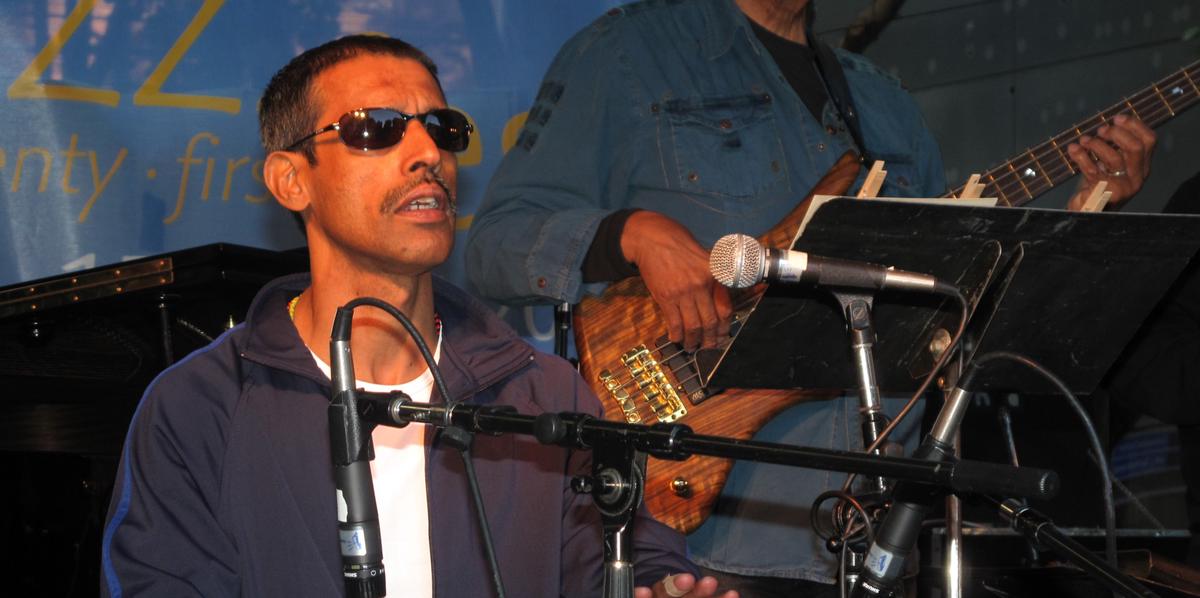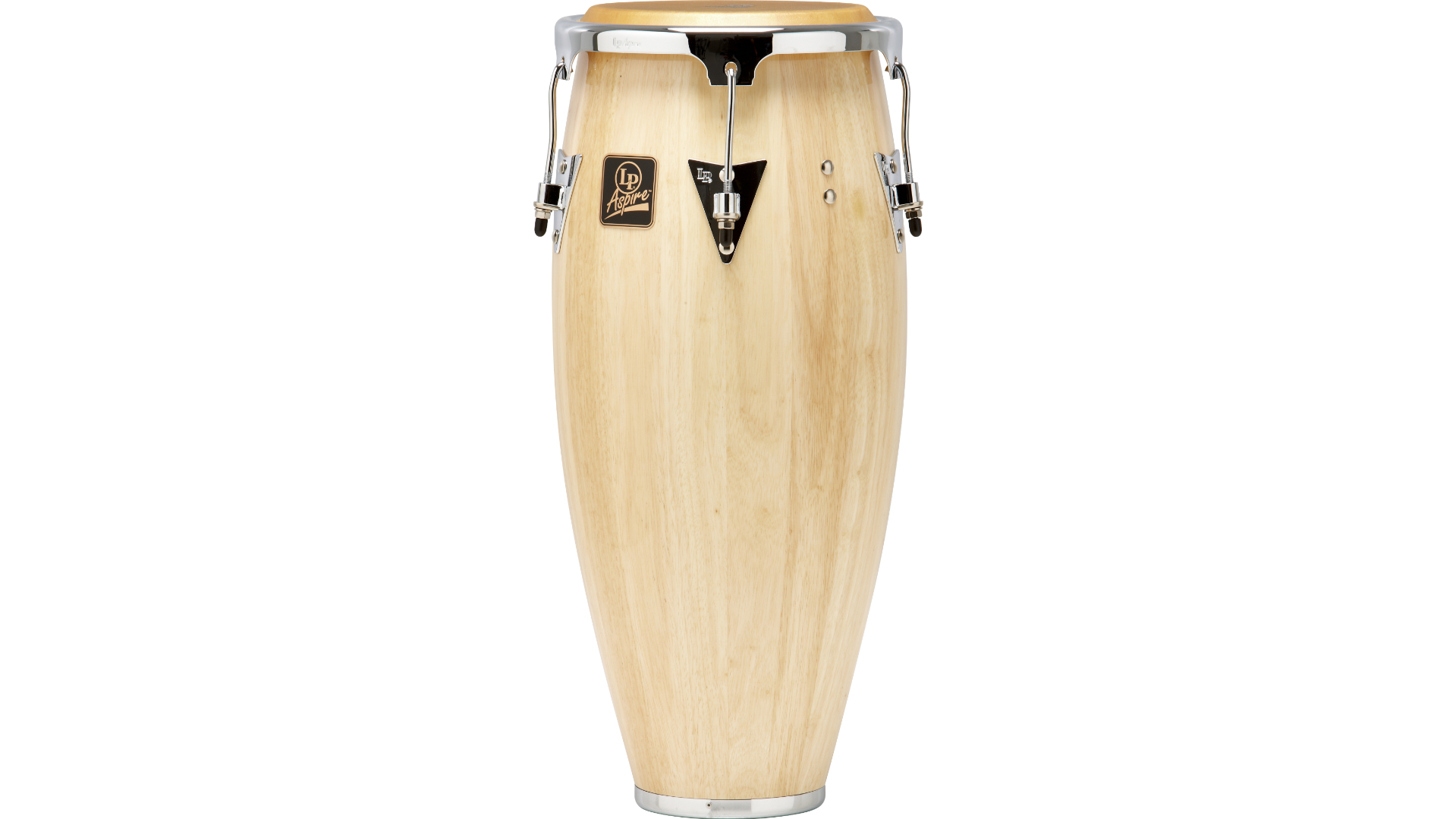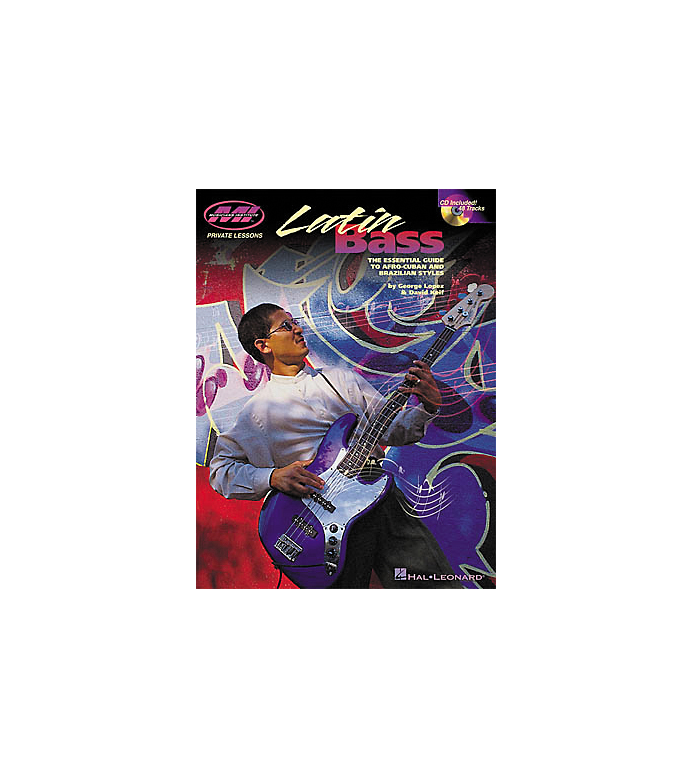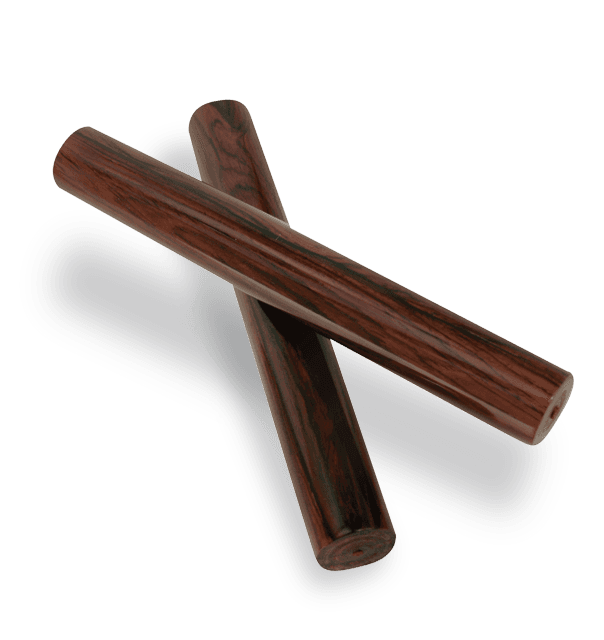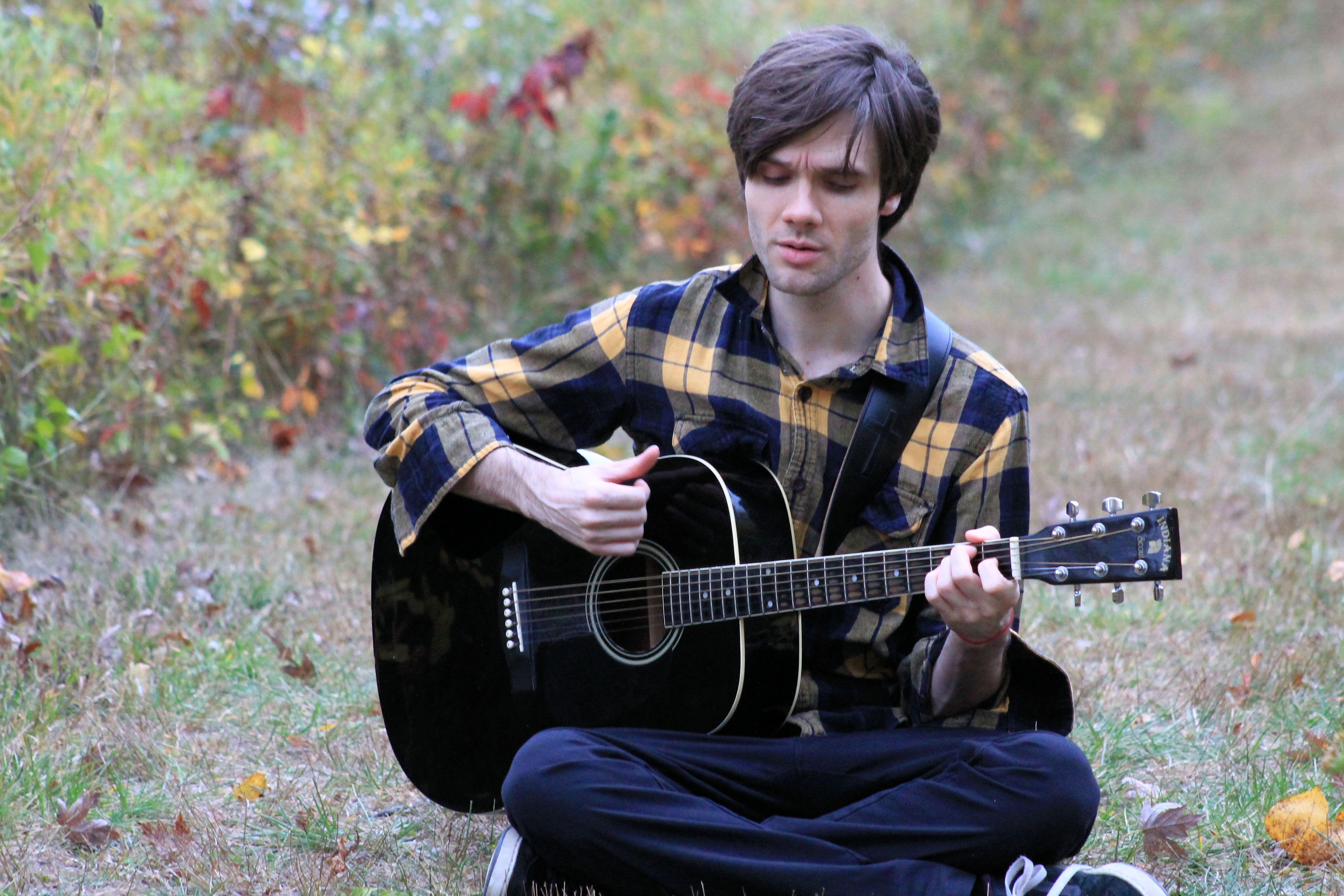The Groove
Have you ever felt the air change around you when a new person enters the room? It’s like the person’s presence has a gravity, exerts weight, and charges the air with some mysterious energy.
Sometimes, it can be really good. You might suddenly feel at home, the tension in your body relaxes, and it feels easy and safe to breathe and speak your mind. But other times, it can feel like a storm cloud just rolled through the doors. Your jaw tenses up and the air seems to go cold, your breath becomes shallow and quick, and you try to shrink out of the path of this lumbering black hole.
What is it, this tangible yet unspoken energy that we all carry? How is it that our mere presence can change the weather of an entire room? Do we even realize it?
Different cultures have different ways of talking about this energy, this rhythm of being. For many of the cultures set in the Caribbean, this sense of deeply feeling a person’s way can be understood as perceiving their tumbao, or their groove.
What is Tumbao?
The word tumbao is derived from the Spanish word “tumbar,” which means to knock off or to knock out. It can be loosely translated to groove or swing, and is often associated with the congas, bass player, and the rhythm section at large in many Afro-Cuban styles of music, especially salsa.
But in order to fully understand what a tumbao is in a musical context, it’s necessary to appreciate the cultural context out of which the tumbao was born. In his introductory video series on playing the congas, the world-renowned percussionist, Bobby Sanabria underscores this point, highlighting the importance of developing both a musical and a cultural understanding when learning about a new concept in music. The word tumbao, although musical in nature, is often used in day-to-day conversations in Puerto Rico, Cuba, and in the wider Caribbean region, and can be used to describe a person’s rhythm or cadence in life.
As a musical term, the tumbao can be easily defined as “a repetitive rhythm played on the Conga drums.” Although the tumbao was born to the congas, these short and repetitive rhythmic ideas are not limited to a single instrument and can be played across the rhythm section. Other instruments that play tumbaos include: the piano (where the tumbao is sometimes called the montuno), the guitar, the Spanish tres (a modified guitar with 3 sets of doubled strings), and the bass.
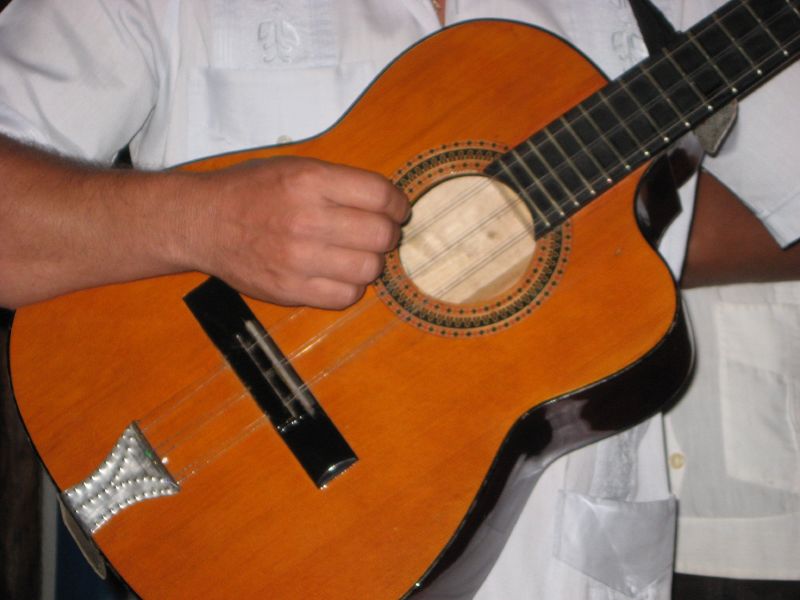
As we begin to develop an understanding of the tumbao, we need to take a peek under the hood to see how it appears on several different instruments, as well as how it functions in different musical circumstances.
Tumbao in Action
On the conga, a basic tumbao rhythm can be played on a single drum, though sometimes will be played across two, or even three differently sized drums. A minimum of 4 different hand-strikes are needed to play a basic tumbao. The first hit is a palm strike that comes to a rest on the conga’s head with the fingers raised. Second in line is a fingertip strike, which also comes to a rest on the drum head. The third sound and stroke needed to play a tumbao on the congas is a thick and fat strike called a the “golpe seco” or the “dry stroke.” This third strike is achieved by muting the drum head with the palm of the left hand, and, with the right hand, slapping the conga like you would swat a fly, letting your hand rest where it lands. The result of this golpe seco is a thick and rich sound that is employed as a timekeeping device. Fourth, the last hit is an open stroke with closed fingers that bounces off of the drum head, creating a resonant and ringing tone.
This collection of hand strokes is by no means comprehensive, but are the necessary basic motions needed to play a tumbao on the congas. For a more detailed explanation, see the following video!
An innovation from the Cuban islands, this collection of different hand strikes on the drumhead was used to create pitch and rhythm on a single instrument, enabling a single percussionist to sound like a small army of hand drummers.
A basic tumbao on the congas can be played in a single bar of 4 beats, with an eighth note pulse that strikes two open ringing tones on beats “4” and the “+” of 4. Check out the demo below!
The foundational tumbao illustrated above can be applied to numerous types of Latin music - the Son Montuno, Mambo, Guaracha, and the Cha Cha Cha, just to name a few!
Bass-ic Tumbao
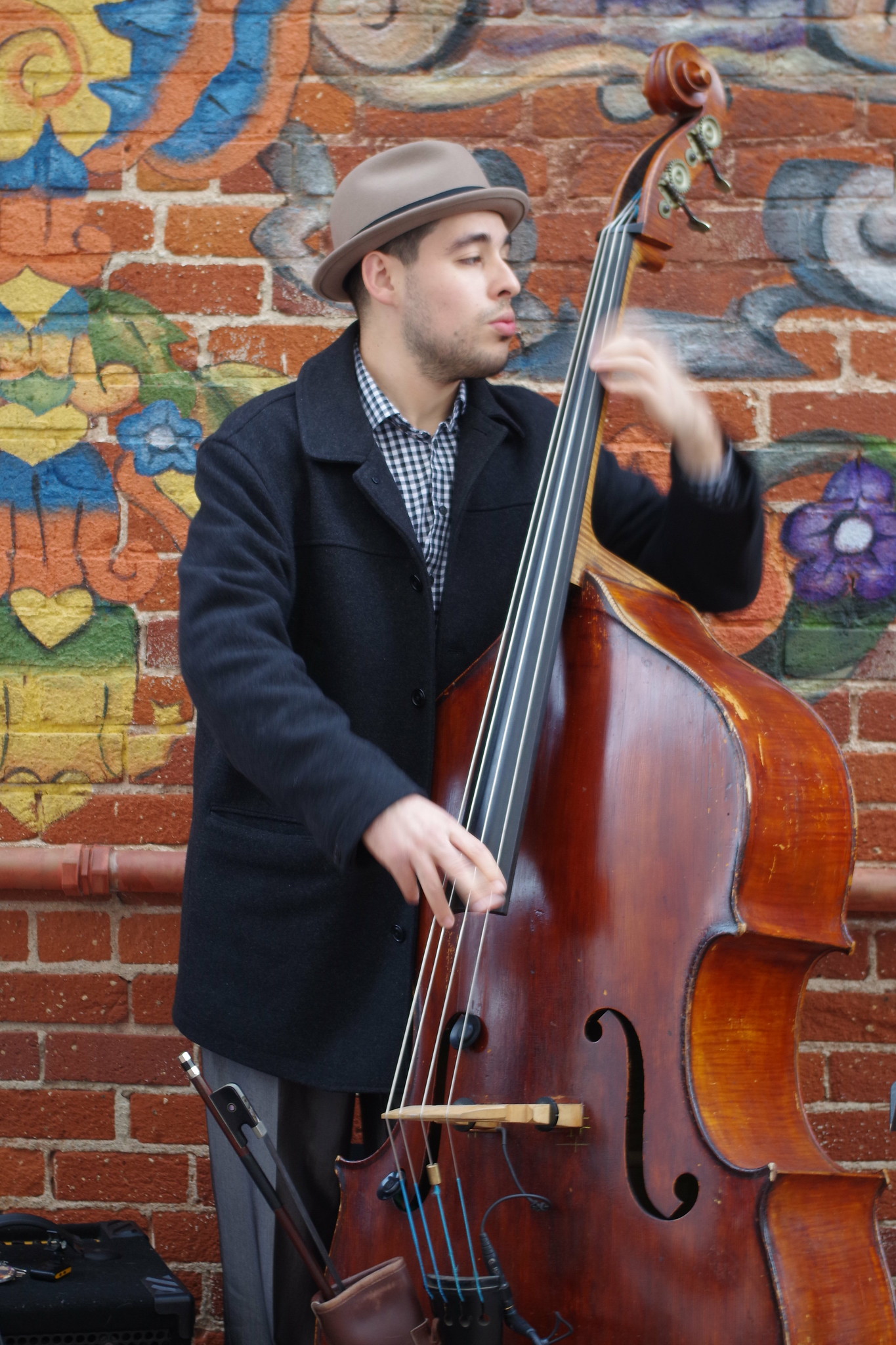
The tumbao has a slightly different flavor on the bass and is built on a different sonic scaffolding than that of the congas, and, as a result, shows up differently within the music. As we discussed earlier, although the definition of the tumbao is relatively clear-cut and straightforward (a repetitive rhythm), there are different subtleties and deeper layers of understanding based on both musical and cultural grounds. These nuances help us further bolster our understanding of the layers of the tumbao.
In the context of the bass, and in the most general sense, the tumbao is the musical figure or phrase that dominates any given Latin bass part. Though, taken on a deeper and more personal level, a bass player’s approach to the harmonic progression of a song, their choice of notes, and their way of syncopating rhythms (or playing on off-beats), all contribute to the tumbao or groove of a particular musician.
On the deepest level for the individual, the tumbao is often considered the performer’s personal sense of groove, their own preferred licks, their sonic footprint, and their trademark or signature sound. In this way, the tumbao is both the general groove in the bassline of many types of Latin music, as well as the most intimate and nuanced expression of an individual musician.
In its most basic rhythmic form, a bass tumbao in a Salsa setting includes syncopated rhythms, with hits on the downbeat, “1,” the “+” of 2, and 4, illustrated below:
The Clave: The Fire of Latin Music
Before we go any further, it’s important that we discuss a specific rhythm that serves as the backbone of all Afro-Cuban and Afro-Caribbean rhythms – the clave.
In Spanish, the word clave translates to mean: key, code, or clef.
Now, you may have heard of an instrument called the claves before, which are a small pair of hand percussion instruments. Claves are a pair of two cylinders, typically hardwood, that produce a penetrating click when struck together, and are a type of concussion idiophone, which you can read more about here.
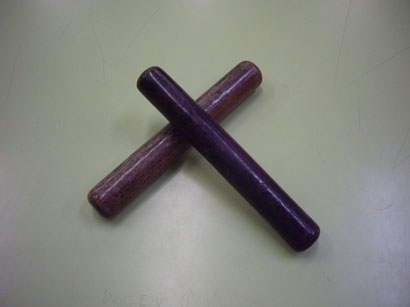
This instrument, the claves, are a staple in many Latin rhythm sections, and are used for a very specific purpose in the music. Once the claves start to play, they don’t stop until the end of the tune, and they play a consistent and repetitive syncopated rhythm over and over again. This repeating rhythm played by the claves, is literally called the clave.
The claves play a rhythm called THE CLAVE.
Son Clave vs. Rumba Clave
Today we will look at two different versions of the clave, the Son Clave, which is used in traditional Salsa music, born in eastern Cuba, as well as the Rumba Clave; Rumba is a style of Latin music also birthed out of the lush land of Cuba, created by African slaves and their descendants.
So, what exactly is this rhythm, the clave?
The clave is a syncopated rhythm with its inception based in West/Central Africa and in a 6/8 time feel. In 4/4 time, the clave takes up 2 bars and is comprised of 5 different beats. These 5 beats are separated out into a pair of 2 beats in one measure and a group of 3 beats in the other. The orientation of the clave’s odd pairing of beats across two measures serves to create a sense of balanced opposites. This balancing of opposites creates a relationship in sound that is comparable to the northern and southern poles of a magnet or to a negative and positive charge.
This rhythm, the clave, because of its odd number of beats, has what is called a clave direction. The clave direction basically determines whether the pattern will begin with the group of 2 beats first, or with the group of 3 beats first; this distinction firmly establishes where the downbeat is.
Wait, what?
That sounds a little confusing, so let’s look at the basic Son clave pattern.
In the above picture, you can see the “2-3 Clave” has one bar of two beats, followed by a second bar of three beats.
In the second example, the “3-2 Clave,” notice that the first bar contains 3 beats, followed by a bar of two beats.
These are the two possible directions for the clave, either “2-3” or “3-2.” In the following example, you can hear Tito Puente’s band play a tune called “Swinging the Mambo,” which starts out with a strong 3-2 clave direction. See if you can keep track of the clave through the tune!
The Rumba Clave is quite similar to the Son Clave: it flows in both “2-3” and “3-2” directions, and outlines the same basic syncopated feel. The only difference occurs in the bar of 3 beats – in Rumba, the third beat is displaced by an eighth note, giving us this rhythm!
The clave is fundamental in Latin music because it sets the rhythmic framework for the entire tune, letting the players know how to best apply their improvisation and syncopation. If a member of the band doesn’t pay attention to the clave direction, it can lead them to playing horribly out of sync with the rest of the band, their accents falling on all the wrong moments of time.
Once the clave direction is set, it doesn’t change, but it is possible for the band to change their feeling around the clave, using rests and rhythmic breaks. The band can deceptively change as a whole, giving the illusion of flipping direction of the clave. But in a well-trained band, the clave will remain constant through the band’s rhythmic trickery.
Sizzling: Diggin’ in a Little Deeper
Now that we have learned a little context about the clave and its importance in Latin music, let's return our gaze to tumbaos and explore how they relate to the clave. Remember, a tumbao is simply a short and repetitive rhythm that plays on different instruments in the Salsa rhythm section. Here is the first tumbao we saw for the congas:
This tumbao is “clave neutral,” meaning that the rhythm does not, in and of itself, outline the direction of the clave. It could fall on either side of the clave – the “2” side, or the “3” side, and it will sound just fine.
But what if the conga player wanted to align with the pulse of the clave?
Good question!
If this first basic conga rhythm that we discussed is paired with another NEW measure with a slightly different tumbao, we can use these two bars in conjunction to outline the syncopated pulse of the clave!
Check it out:
Do you see the difference? Look at beat 4 of the measure! Our first tumbao had two open tones, on both “4” and the “+” of 4. This second tumbao has only one open tone, directly on beat 4!
If we place this second tumbao over the “3” side of the clave, the open tone will fall directly on the last of the three beats, clearly marking the accent in line with the pulse of the clave’s rhythm.
In the next picture, I’ve combined the first and second tumbao into a two-bar phrase and placed the clave rhythm below! In measure one, you can see the first rhythm that we discussed – the inherently clave neutral tumbao with two open tones. In measure two, you can see the second rhythm with a single open tone on beat four, which I’ve highlighted in red. Do you see how the single open tone corresponds with the third beat in the clave?
With these two simple tumbao, you can begin to outline the clave on the congas! As long as you place the tumbao with the single open tone on the “3” side of the clave, and alternate between the two basic rhythms, you will be in sync with the clave!
The Tumbao of Being
Exhaling, you step from backstage and find your instrument, primed and ready to play on stage. And as you wait for your particular curtain to rise, no matter where you are in your journey, what instrument you play, or where your life takes you, remember this: you have a tumbao about you. You have a groove.
Today, we’ve learned about some fundamental elements of Afro-Cuban music, exploring what tumbao means in both a cultural and a musical light. We have seen some basic rhythmic examples of tumbaos on both the congas and the bass, begun to unpack the mysteries of the clave, and witnessed how a simple pair of tumbaos can flow together to outline the direction of the clave.
This preliminary glance into the rich universe of Latin and Afro-Cuban music has just begun to scratch the surface of the inherent beauty and the wealth of knowledge embedded in these styles of music.
Whether the tumbao of your being is lining up with the clave of your life or not, your voice matters. It’s never too late or too early to begin your journey and align yourself with the essential pulse of life. Now is the perfect time to start honing your own tumbao, in whatever way you choose.
Photo by matt_bruensteiner | CC BY-SA
